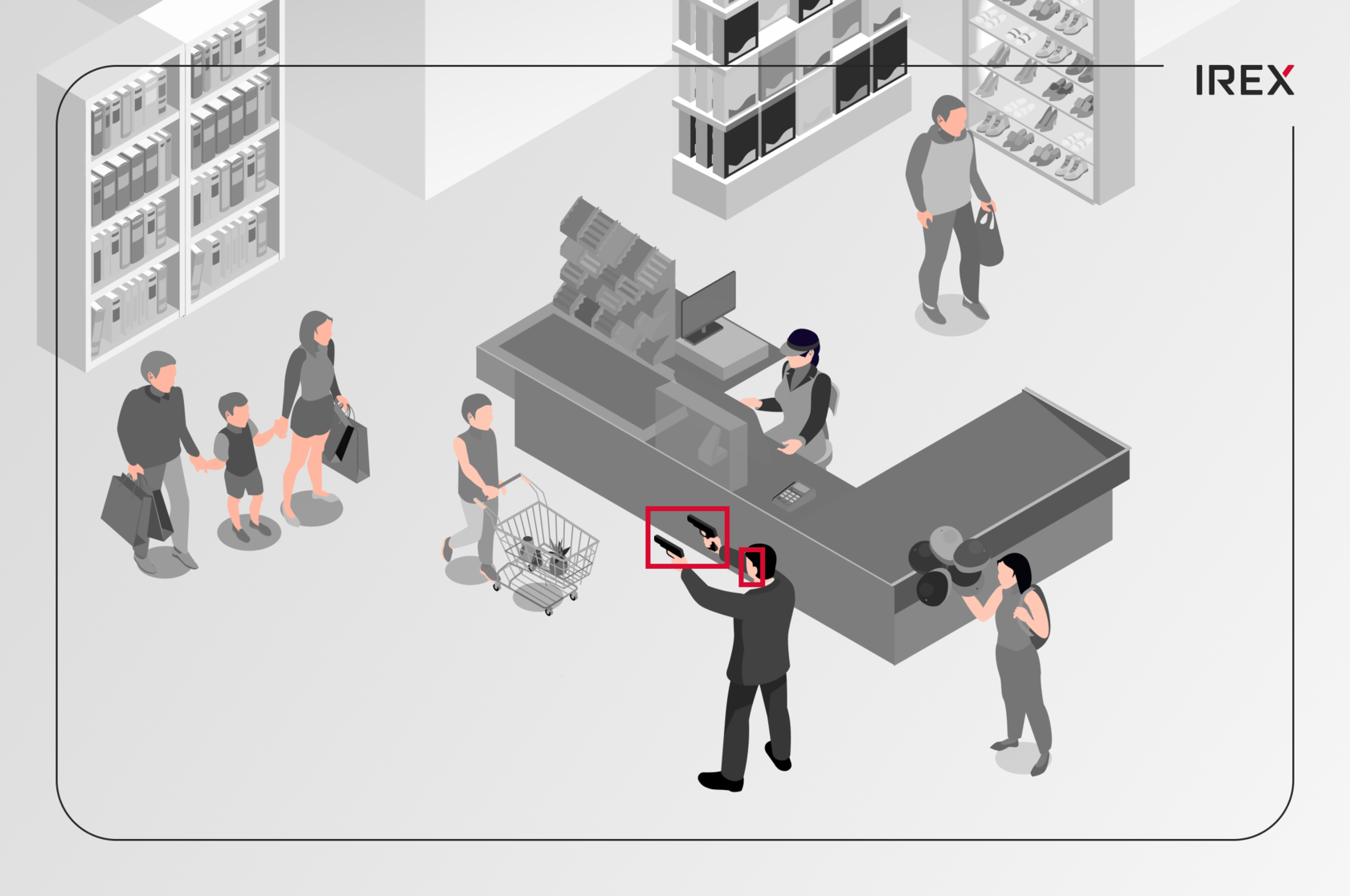
Mass shootings in the US have become a major societal issue over the past few decades. A mass shooting is typically defined as an incident where four or more people are shot, either fatally or non-fatally, in a single location or a series of related locations. These incidents are often characterized by their suddenness, high casualty rates, and the indiscriminate targeting of victims.
According to data from the Gun Violence Archive, there were 614 mass shootings in the US in 2021, resulting in 595 deaths and 2,594 injuries. This represents a significant increase from previous years, and highlights the ongoing problem of gun violence in the US.
There are a number of factors that contribute to the mass shooting problem in the US, including the easy availability of firearms, the prevalence of mental health issues, and a culture of violence that is perpetuated by the media and popular entertainment. Additionally, many experts argue that the lack of comprehensive gun control measures in the US is a significant contributing factor to the problem.
Efforts to address the mass shooting problem in the US have been ongoing for years, with advocates calling for a range of policy changes, including universal background checks, assault weapons bans, and red flag laws that allow law enforcement to temporarily confiscate firearms from individuals who pose a danger to themselves or others. However, progress has been slow due to the contentious nature of the issue and the powerful lobbying efforts of gun rights groups.
According to data from the Gun Violence Archive, there were 614 mass shootings in the US in 2021, resulting in 595 deaths and 2,594 injuries. This represents a significant increase from previous years, and highlights the ongoing problem of gun violence in the US.
There are a number of factors that contribute to the mass shooting problem in the US, including the easy availability of firearms, the prevalence of mental health issues, and a culture of violence that is perpetuated by the media and popular entertainment. Additionally, many experts argue that the lack of comprehensive gun control measures in the US is a significant contributing factor to the problem.
Efforts to address the mass shooting problem in the US have been ongoing for years, with advocates calling for a range of policy changes, including universal background checks, assault weapons bans, and red flag laws that allow law enforcement to temporarily confiscate firearms from individuals who pose a danger to themselves or others. However, progress has been slow due to the contentious nature of the issue and the powerful lobbying efforts of gun rights groups.
The Role of Video Analytics in Mass Shooting Detection and Response
Video analytics can be a valuable tool in detecting and responding to mass shootings. Here are a few ways it could help:
In summary, video analytics like IREX could help detect and respond to mass shootings by identifying suspicious behavior, detecting gunshots, tracking suspects, and predicting future incidents. By leveraging the power of technology, authorities can be better equipped to prevent and respond to mass shootings, potentially saving lives and families.
- Suspicious behavior detection: Video analytics can be used to detect suspicious behavior in public places where mass shootings are more likely to occur, such as schools, malls, and office buildings. The technology can analyze live video feeds in real-time and identify abnormal behavior, such as someone carrying a weapon or acting erratically. Once a potential threat is identified, security personnel can be alerted to investigate further.
- Gunshot detection: Video analytics can also be used to detect gunshots. Advanced audio and video algorithms can identify the sound of gunfire, even if it's suppressed, and automatically alert authorities to the location of the shots. This can significantly reduce response times, potentially saving lives.
- Tracking suspects: Video analytics can help authorities track suspects as they move through a building or public space. Advanced surveillance cameras can capture high-quality video footage that can be analyzed in real-time or later, helping investigators identify the suspect's movements and actions leading up to the incident. This information can be used to develop a more accurate profile of the shooter, which can help law enforcement track them down more quickly.
- Predictive analytics: By analyzing data from past mass shootings, video analytics can help predict where and when future incidents may occur. The technology can identify patterns and trends in behavior, weapons used, and locations, which can help authorities better prepare for potential threats.
In summary, video analytics like IREX could help detect and respond to mass shootings by identifying suspicious behavior, detecting gunshots, tracking suspects, and predicting future incidents. By leveraging the power of technology, authorities can be better equipped to prevent and respond to mass shootings, potentially saving lives and families.

